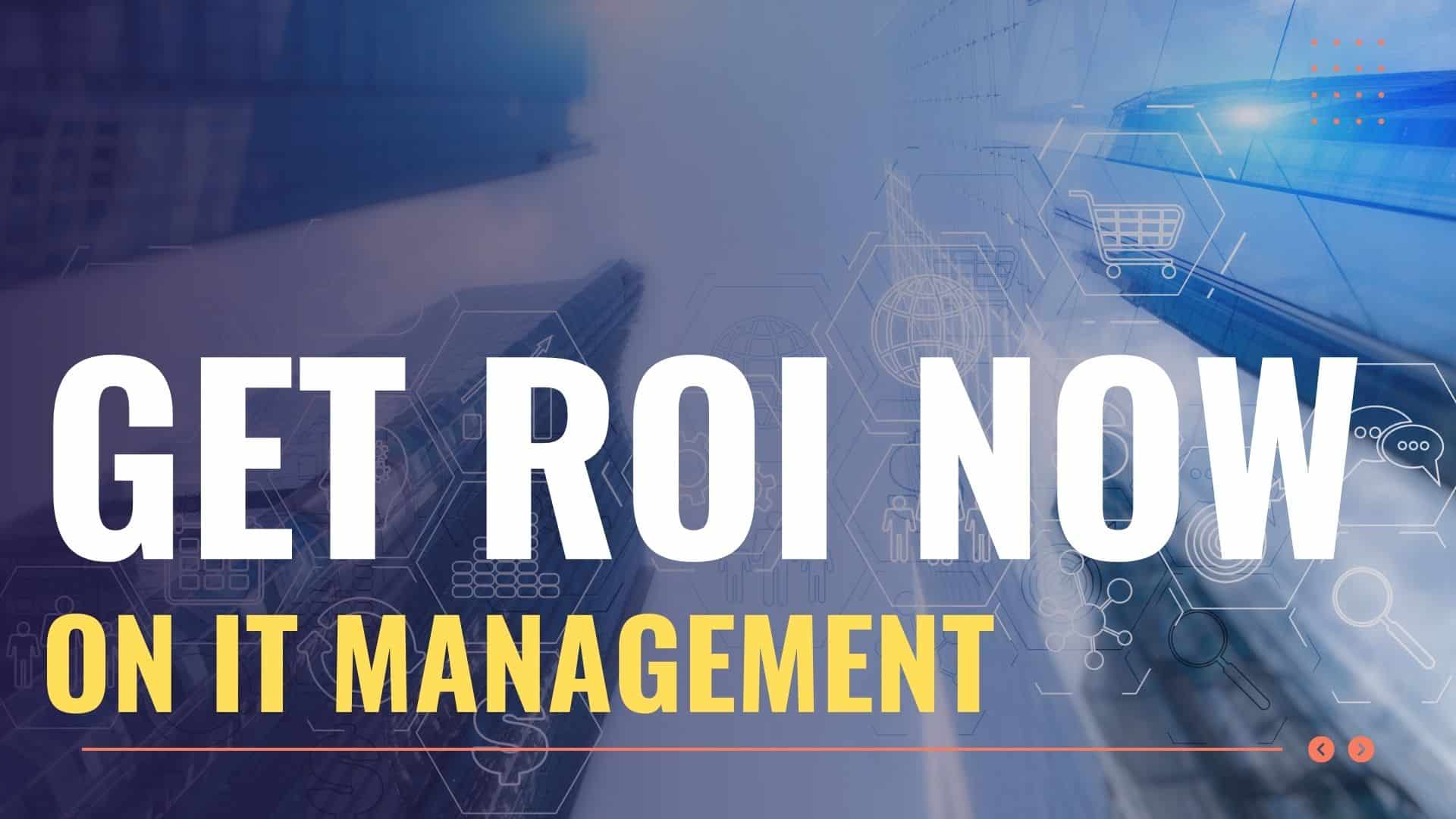-
Connect With Your Ottawa IT Service Company at (613) 828-1384
Connect With Your Ottawa IT Service Company at (613) 828-1384
In today’s tech-forward business environment, every startup, small business, or evolving enterprise understands the pivotal role of Information Technology (IT). This term, sourced from the Harvard Business Review, signifies multifunctional devices adept at many tasks to propel business operations. IT professionals, therefore, become invaluable assets, laying down the infrastructure and ensuring every network, system, application, and data flow is seamless. Their expertise encompasses four crucial realms: infrastructure, troubleshooting, maintenance, and, most importantly, security.
With the ever-growing shadow of cybersecurity threats, the significance of IT specialists within the business spectrum multiplies. Their core responsibilities extend beyond repelling cyber threats; they ensure strict adherence to data regulations, consistently shielding sensitive client information.
To harness the full potential of IT services, businesses must understand how to merge them into their growth strategies. Here, we will explore how optimal IT management practices and robust cybersecurity can radically elevate your revenue streams.
Achieving a lucrative return on investment (ROI) aligns with setting the right priorities. Identifying primary concerns and goals can effectively guide investment directions. For instance, amplifying IT troubleshooting capabilities should take precedence if a premium customer experience is the aim.
Key Performance Indicators (KPIs) are instrumental to objectively evaluate IT management’s efficacy. These metrics elucidate the impact of adopted strategies. Monitoring feedback and reviews becomes essential if enhancing customer experience is central to your objectives. If the lens is focused on boosting employee satisfaction via IT management, then parameters like turnover rates and absenteeism become vital.
Let’s delve deeper into the transformative impact of distinct IT domains on businesses.

In the modern era, a company’s IT strategy often mirrors its success. Businesses can achieve unparalleled growth and resilience through comprehensive digital transformation, streamlined IT management, and an unwavering focus on cybersecurity.